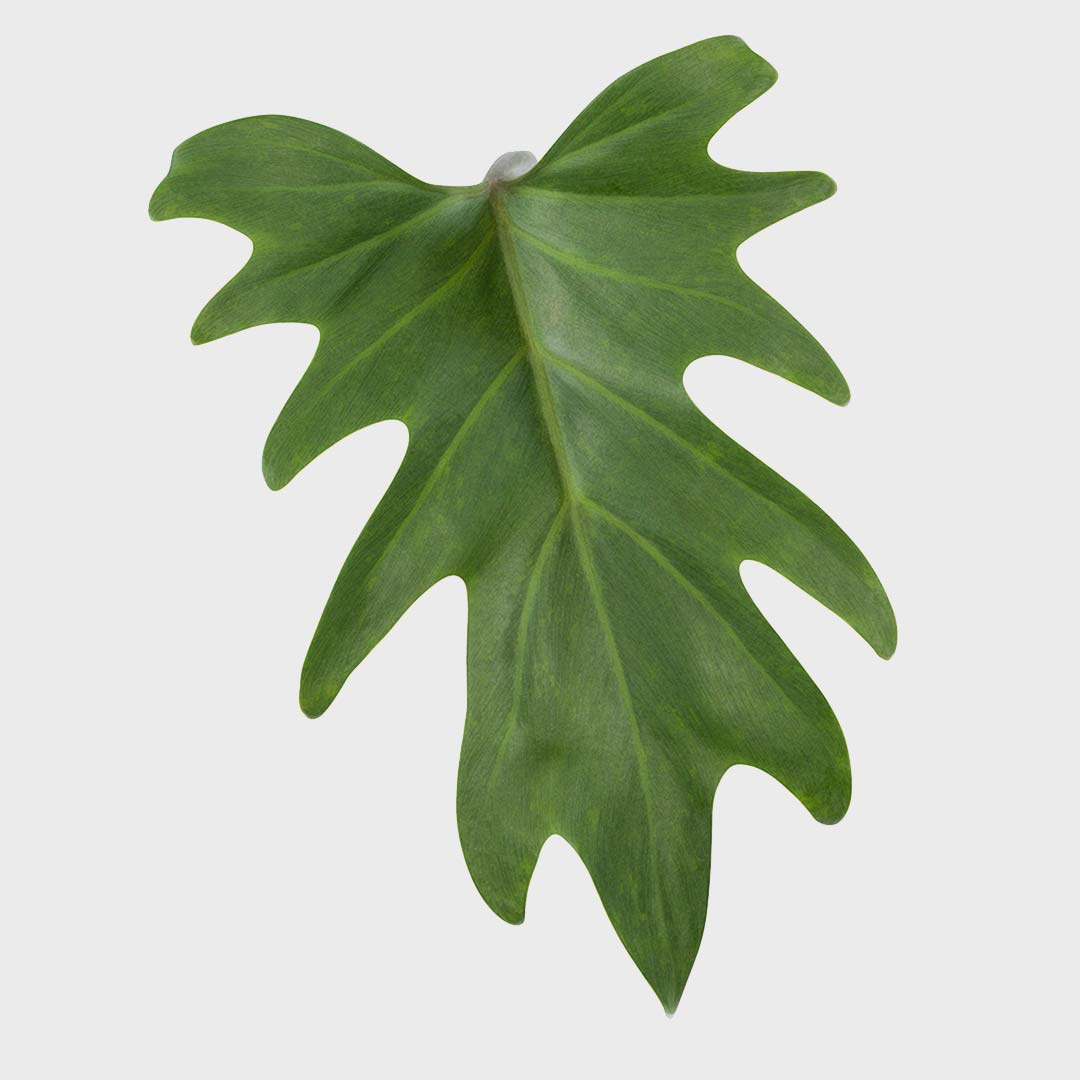
Deliver to
Europe
 English
English

The Philodendron is an evergreen perennial vine with large green heart-shaped glossy leaves. These beautiful foliage plants thrive well indoors, possessing air-cleaning properties, clearing the environment of toxins produced by other chemical products. Their different varieties have different physical characteristics, adding style and color to your indoor space.
Medium light
Water once a week
Toxic
Air-purifying
It is best to place the Philodendron on a location with medium bright light to partial shade. Too much light will cause the leaves to turn yellow. The Philodendron prefers a spot that's spacious. Don’t forget to turn the Philodendron! The plant grows towards the sun. If you do not rotate the plant will only get full on one side and that is what you want to prevent.
Philodendron plants prefer a balanced level of moisture, not too wet nor too dry. Therefore, the best way to check if your plant needs water is to check the top centimetres of the soil. If it's dry, then you can water the plant. Watering once a week during the year is fine. It's better to skip a watering than to water too much. Overwatering can cause the roots to rot.
The Philodendron uses a lot of energy from spring onwards to make new leaves. As a result, the plant needs extra nutrients. You can provide these nutrients by plant nutrition. We recommend giving plant nutrition once weeks from April to September. After september and in winter it is better not to give extra nutrients. Especially in winter, plant nutrition can actually be harmful for the Philodendron!
Repotting of the Philodendron is necessary every year. The plant is a fast grower, so its roots soon become too tight in the pot. Repotting the plant every year gives it new nutrients and more room for root growth. The airier soil is also very good for the water flowing through. The best period to repot is spring.
The most ideal temperature for a Philodendron plant is typically between 18 to 29 degrees Celsius. It prefers a warm and consistent temperature, but can tolerate slightly cooler conditions.
Pruning a Philodendron is not always necessary, but it can be done for maintenance and shaping purposes.It can help to remove yellowed or damaged leaves, control the plant's size, and promote branching for a fuller appearance. Trimming leggy vines or removing excessive growth can also rejuvenate the Philodendron. Clean and sharp pruning tools should be used to make clean cuts and minimize stress on the Philodendron.
In general, the Philodendron does not suffer a lot from diseases and vermin. The most common for the Philodendron is the mealy bug. This can be treated with pesticide. However, it is wise to keep a close eye on the leaves of a Philodendron.


No, it is not advisable to place the Philodendron in the full sun. In nature, a Philodendron grows under large trees and plants. This is why the plant is not used to direct sunlight. Indirect sunlight or semi-shade are therefore perfect for a Philodendron.
This is certainly possible. Just make sure that the Philodendron is placed somewhere sheltered. Let the plant slowly get used to its new environment.
Philodendrons consist of various species. This makes it very difficult to indicate a maximum size. Some Philodendrons grow only 40 cm in length as an indoor plant, while others can even have leaves that are 1 m long.
Although not all Philodendron species can grow very large, Philodendrons are fast growers. The aerial roots and vines can even grow 10 cm per week!
Yes, you certainly can. See our tips on how to propagate the Philodendron.